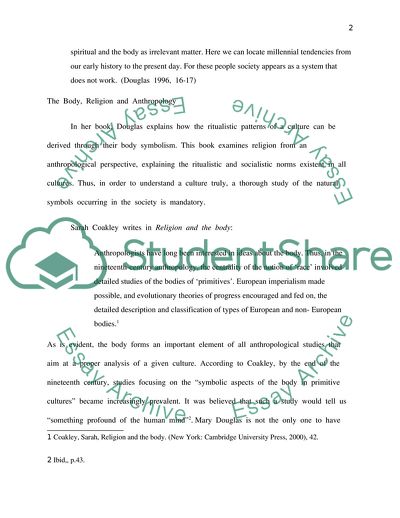Cite this document
(Natural Symbols by Mary Douglas Book Report/Review Example | Topics and Well Written Essays - 2000 words, n.d.)
Natural Symbols by Mary Douglas Book Report/Review Example | Topics and Well Written Essays - 2000 words. https://studentshare.org/anthropology/1754254-mary-douglas-on-natural-symbols
Natural Symbols by Mary Douglas Book Report/Review Example | Topics and Well Written Essays - 2000 words. https://studentshare.org/anthropology/1754254-mary-douglas-on-natural-symbols
(Natural Symbols by Mary Douglas Book Report/Review Example | Topics and Well Written Essays - 2000 Words)
Natural Symbols by Mary Douglas Book Report/Review Example | Topics and Well Written Essays - 2000 Words. https://studentshare.org/anthropology/1754254-mary-douglas-on-natural-symbols.
Natural Symbols by Mary Douglas Book Report/Review Example | Topics and Well Written Essays - 2000 Words. https://studentshare.org/anthropology/1754254-mary-douglas-on-natural-symbols.
“Natural Symbols by Mary Douglas Book Report/Review Example | Topics and Well Written Essays - 2000 Words”. https://studentshare.org/anthropology/1754254-mary-douglas-on-natural-symbols.


